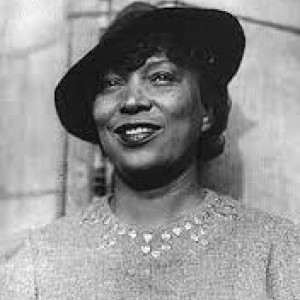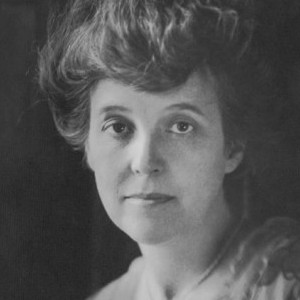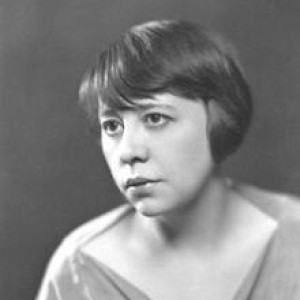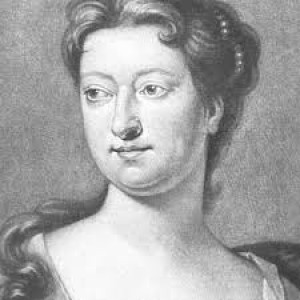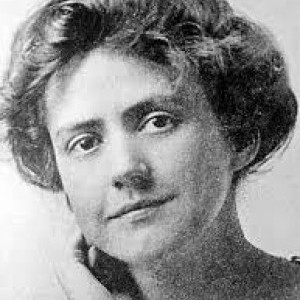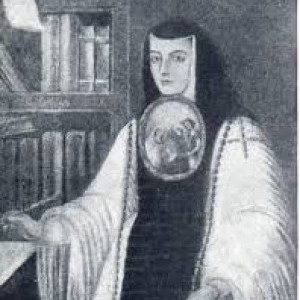Adrienne Kennedy
Biography

Adrienne Kennedy was born Adrienne Hawkins in Pittsburgh in 1931, but spent most of her childhood in Cleveland, with frequent visits to Montezuma, Georgia, where many of her relatives lived. The atmosphere of the south and the close relationships she maintained there would prove influential on her work. Movies also served as an early inspiration for her, and from a young age she immersed herself in films and Hollywood magazines, enjoying films like The Wizard of Oz and The Blue Bird, as well as early horror flicks such as Dracula, Frankenstein, and The Invisible Man.
In 1953, she graduated from Ohio State University with a degree in education and married Joseph Kennedy within a few weeks. While Joseph fought in the Korean war, Kennedy, pregnant with her first child, Joseph Jr, lived with her parents and began writing. Once Joseph returned from Korea, they moved to New York where Kennedy was drawn to modern art and theatre, especially the works of Miller, Williams, Chekov, and Lorca and continued to study at the New School. There she wrote her first play, Pale Blue Flowers, which was never produced. She went on to study writing at Columbia University, but struggled to get work produced or published. In 1960, Kennedy and her husband embarked on an extended stay in Africa and Europe where she studied masks, read extensively, and published her first story “Because of the King of France,” under a pen name in the African journal Black Orpheus.
While in Africa, Kennedy started writing Funnyhouse of the Negro, but finished the piece in Italy after complications with her secondary pregnancy forced her to move. Here she gave birth to her second son, Adam. In 1962, after returning to New York, Kennedy coproduced Funnyhouse of the Negro with Edward Albee, and the play proved a great success, earning Kennedy her first Obie Award. In 1966, as she was gaining esteem as a playwright, Kennedy and her husband divorced.
Over the next few decades, she would build an impressive body of experimental plays that would secure her place as an innovator in Off-Broadway circles, as well as the American theatre landscape at large. Kennedy’s work has been called vivid, imaginative, and nightmarish. Her fragmentary, dreamlike, and lyrical plays often employ non-linear plots and choral elements inspired by Greek tradition, but troubled with the difficulty of modern race relations. Her loosely autobiographical material often delves into her own psyche as well as political underpinnings, and reflects complex themes of race and gender. As her prominence as a playwright grew, she went on to teach playwriting at many colleges and universities including New York University, Brown University, Yale University, the University of California at Berkeley, and Harvard.
Her plays include The Owl Answers (1963), A Rat's Mass (1966), The Lennon Play: in His Own Write (1967), Lesson in a Dead Language (1968), A Beast's Story (1969), An Evening with Dead Essex (1973), A Movie Star Has to Star in Black and White (1976), She Talks to Beethoven (1989), and Ohio State Murders (1990). In 1996, she co-wrote Sleep Deprivation Chamber with her son Adam P. Kennedy, and in 2018, she premiered He Brought Her Heart Back in a Box at Theatre for a New Audience.
Kennedy has won a total of four Obie awards (including a Lifetime Achievement Award), two Rockefeller grants, and a Guggenheim fellowship. She also received the Third Manhattan Borough President’s Award for Excellence, a Lily Wallace Reader’s Digest Fund Writers’ Award, an Academy Award in Literature from the Academy of Arts and Letters, and the Pierre LeComte duNouy Foundation Award, and she has been published in the Norton Anthology of American Literature.
This litany of awards reflects the impact that Kennedy has had on modern theatre. The 1995-96 season at the Signature Theatre Company in New York, which was dedicated to her work, provided an instance for renewed interest in exploring her work. While she has cemented her reputation as an innovator and cornerstone of the American Theatre, the relative lack of critical literature regarding her work compared with other canonical American playwrights suggests that a more rigorous investigation of her work is warranted.
Sources
Gale, Cengage L. “A Study Guide for Adrienne Kennedy and Adam P Kennedy's ‘sleep Deprivation Chamber,’” Gale's Acclaimed Drama for Students. Farmington Hills: Gale, Cengage Learning, 2016.
Kennedy, Adrienne. “Adrienne Kennedy: An Inventory of Her Papers at the Harry Ransom Center.” Harry Ransom Center Web Resources, University of Texas at Austin, https://norman.hrc.utexas.edu/fasearch/findingaid.cfm?eadid=00067&showrequest=1#, Accessed 13 May 2020.
Kennedy, Adrienne. People Who Led to My Plays. Theatre Communications Group, 1996.
Kennedy, Adrienne. The Adrienne Kennedy Reader. Introduction by Werner Sollors. University of Minnesota Press, 2001.
Overbeck, Lois More. Intersecting Boundaries: The Theatre of Adrienne Kennedy. University of Minnesota Press, 1992.



